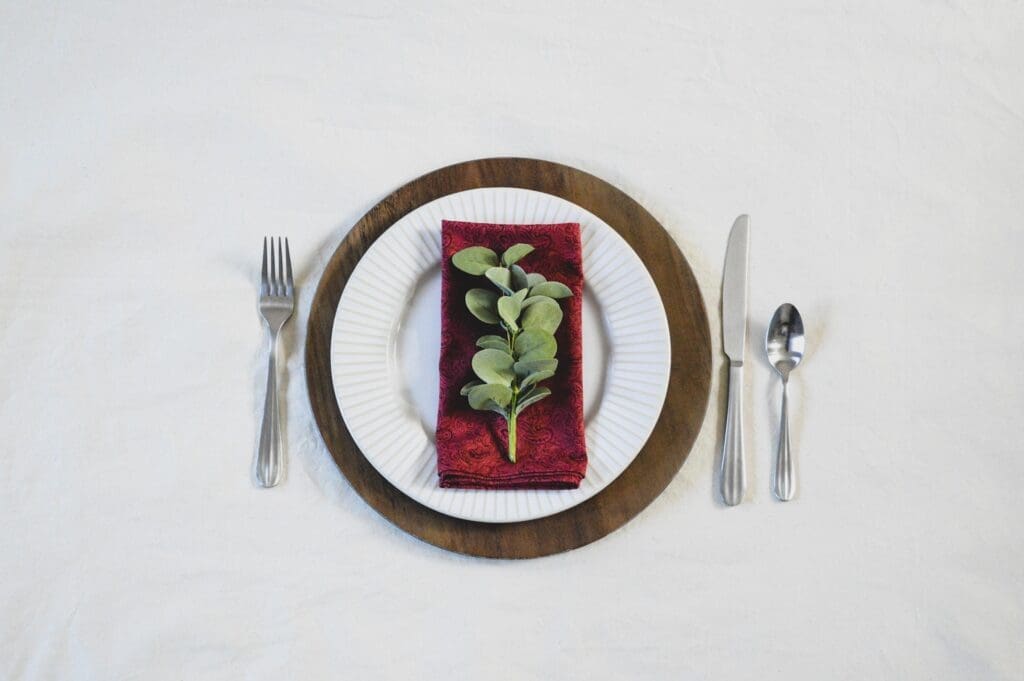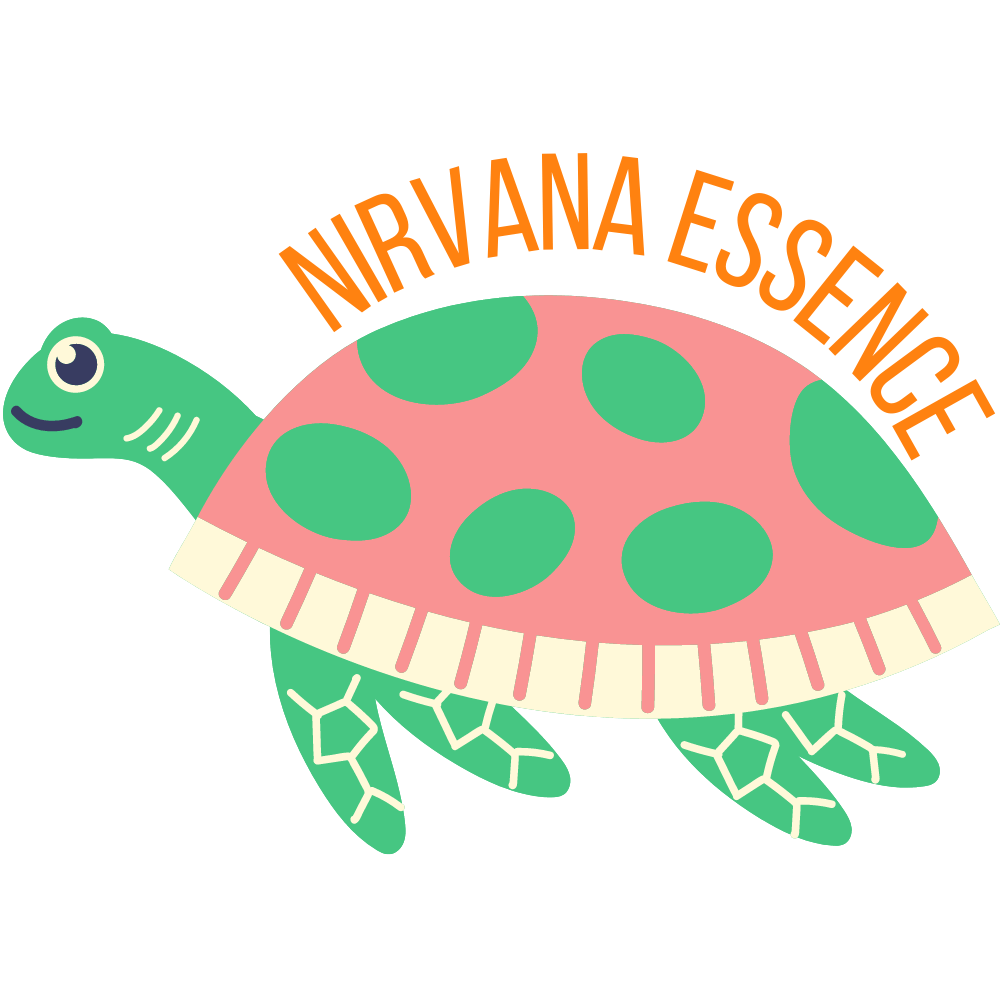Are you feeling overwhelmed by the constant chaos and clutter in your life? Do you long for a sense of calm and mental clarity? If so, then embracing minimalism might be the solution you’re looking for. Minimalism is not just about having fewer possessions; it’s a lifestyle choice that can lead to a more intentional and fulfilling life. In this article, we will guide you through simple steps to help you master minimalism and declutter your life, allowing you to achieve mental clarity and a sense of peace.
1. Introduction
In this fast-paced world, many of us find ourselves surrounded by excessive material possessions and constantly bombarded by digital distractions. Minimalism offers a way out of this cycle, allowing us to focus on what truly matters. By intentionally simplifying our lives, we can create space for the things that bring us joy and purpose.

2. Understanding Minimalism
a. Definition of Minimalism
Minimalism is a lifestyle that centers around the idea of living with less. It involves consciously choosing to own and accumulate fewer possessions, prioritizing quality over quantity, and focusing on experiences rather than material goods.
b. Benefits of Minimalism
Minimalism offers numerous benefits, including reduced stress, improved mental clarity, increased productivity, and enhanced overall well-being. By decluttering our physical and digital spaces, we create room for greater focus, creativity, and freedom.
3. Decluttering Your Physical Space
To embark on your minimalist journey, start by decluttering your physical space. Follow these steps to simplify and organize your belongings:
a. Assessing Your Belongings
Take a thorough inventory of your possessions. Identify items that hold sentimental value, serve a practical purpose, or bring you genuine joy. Anything that no longer aligns with these criteria can be considered for removal.
b. Sorting and Organizing
Divide your belongings into categories such as clothing, books, electronics, and sentimental items. Once categorized, go through each group and decide what to keep, what to donate, and what to discard.
c. Letting Go and Donating
Letting go of possessions can be challenging, but remember that minimalism is about focusing on what truly matters. Consider donating items that are in good condition but no longer serve a purpose in your life. This act of giving can bring a sense of fulfillment and help others in need.

4. Streamlining Your Digital Life
In today’s digital age, it’s essential to declutter your virtual space as well. Here are some tips for streamlining your digital life:
a. Organizing Files and Emails
Create a systematic folder structure on your computer or cloud storage to keep your files organized. Unsubscribe from unnecessary email newsletters and delete old emails regularly.
b. Deleting Unnecessary Apps
Review the apps on your smartphone and delete those that you rarely use or that don’t contribute to your productivity or well-being.
c. Limiting Social Media Usage
Set boundaries for your social media consumption. Consider taking regular breaks or using apps that track and limit your screen time. Focus on connecting with people in real life rather than through virtual platforms.
5. Simplifying Your Daily Routine
Minimalism extends beyond physical and digital decluttering. Simplifying your daily routine can help reduce decision fatigue and increase productivity. Here’s how:
a. Prioritizing Tasks
Identify your most important tasks and prioritize them. Focus on completing high-priority tasks before moving on to less urgent ones. This approach prevents overwhelm and promotes a sense of accomplishment.
b. Creating a Minimalist Wardrobe
Opt for a minimalist wardrobe by curating a collection of versatile, high-quality pieces that can be mixed and matched. This reduces decision-making time when getting dressed and promotes a clutter-free closet.
c. Streamlining Meal Planning
Simplify meal planning by creating a weekly menu and shopping list. This approach saves time, reduces food waste, and allows for healthier eating habits.
6. Nurturing Minimalist Mindset
Minimalism is not just about physical possessions; it’s also about cultivating a minimalist mindset. Here are some practices to nurture this mindset:
a. Embracing Essentialism
Focus on the essential aspects of your life and let go of non-essential distractions. Prioritize activities, relationships, and experiences that align with your values and bring you joy and fulfillment.
b. Practicing Gratitude
Express gratitude for the things you already have. A grateful mindset helps shift the focus from what is lacking to what is abundant, leading to contentment and satisfaction.
c. Cultivating Mindfulness
Be present in the moment and cultivate mindfulness in your daily life. Pay attention to your thoughts, emotions, and surroundings. This practice enhances self-awareness and helps you make intentional choices.
7. Benefits of Minimalism
Embracing minimalism can bring a multitude of benefits into your life:
a. Increased Mental Clarity
By decluttering your physical and mental spaces, you create room for clear thinking, improved focus, and enhanced creativity.
b. Reduced Stress
Living in a clutter-free environment reduces stress and promotes a sense of calm and tranquility. It allows you to create a peaceful sanctuary where you can recharge and unwind.
c. Improved Productivity
With fewer distractions and a simplified routine, you can enhance your productivity and achieve your goals more efficiently.
8. Conclusion
Mastering minimalism is a transformative journey that can bring immense benefits to your life. By decluttering your physical and digital spaces, simplifying your daily routine, and nurturing a minimalist mindset, you can achieve mental clarity and create a more fulfilling life. Embrace the simplicity and discover the joy of living with intention. For similar contact, subscribe to our newsletter.
9. FAQs
Q1: How do I train myself to be a minimalist? A: Training yourself to be a minimalist starts with a mindset shift towards intentional living. Begin by decluttering your physical and digital spaces, simplifying your daily routine, and embracing essentialism. Gradually adopt minimalist principles and make conscious choices that align with your values.
Q2: What are the 3 characteristics of minimalism? A: The three key characteristics of minimalism are simplicity, intentionality, and focus. Minimalism emphasizes owning and acquiring fewer possessions, prioritizing what truly matters, and eliminating distractions to create a more meaningful and fulfilling life.
Q3: Are minimalists happier? A: Minimalism can contribute to increased happiness and overall well-being. By reducing clutter, simplifying life, and focusing on what brings joy and fulfillment, minimalists often experience greater contentment, clarity, and a sense of inner peace.
Q4: How long does it take to become minimalist? A: The timeframe to become a minimalist varies for each individual. It is a personal journey that depends on factors such as the amount of decluttering needed, mindset shifts, and the pace at which you implement changes. It’s important to focus on progress rather than a specific time frame.
Q5: What is the 15-minute rule in becoming minimalist? A: The 15-minute rule is a strategy used by many minimalists. It involves dedicating 15 minutes each day to decluttering or organizing a specific area of your living space. By consistently investing small pockets of time, you can make significant progress towards a clutter-free environment.
Q6: Is minimalism good for your mental health? A: Yes, minimalism can have positive effects on mental health. By reducing physical and mental clutter, minimalism promotes a sense of calm, reduces stress, and enhances mental clarity. It allows you to create an environment that supports well-being and fosters a greater sense of peace.
Q7: Are there downsides to minimalism? A: While minimalism offers numerous benefits, it’s important to acknowledge that it may not be for everyone. Some individuals may find it challenging to let go of sentimental items or struggle with the initial discomfort of change. It’s essential to find a balance and customize minimalism to suit your lifestyle and needs.
Q8: Are smart people minimalists? A: Minimalism is not exclusive to any particular group or intelligence level. People from various backgrounds and with different levels of intellect can embrace minimalism. It’s a personal choice based on individual values and desires for a simpler, more intentional life.
Q9: Do minimalists spend less money? A: Minimalism encourages mindful spending and prioritizing experiences over material possessions. While minimalists often adopt a more frugal approach, it doesn’t necessarily mean spending less money. Instead, the focus is on conscious spending on items that add value and align with personal values.





















